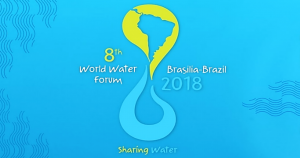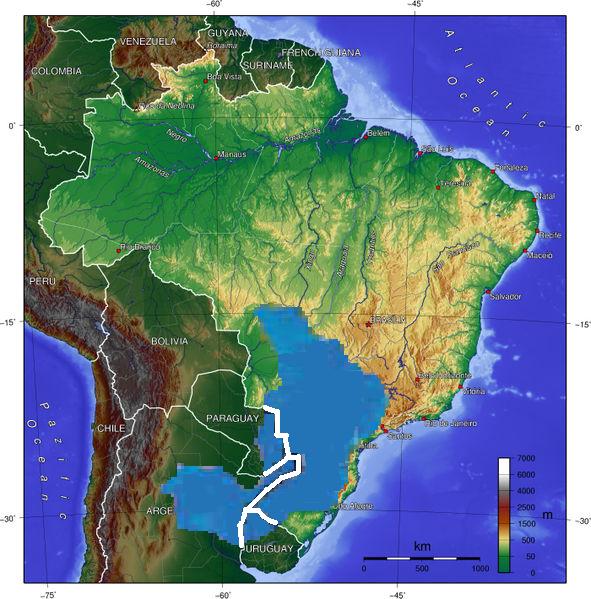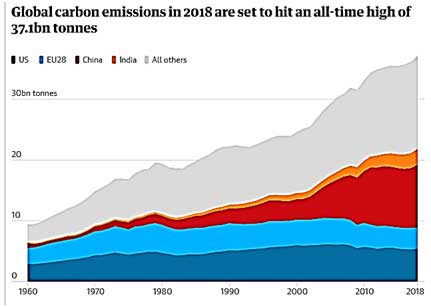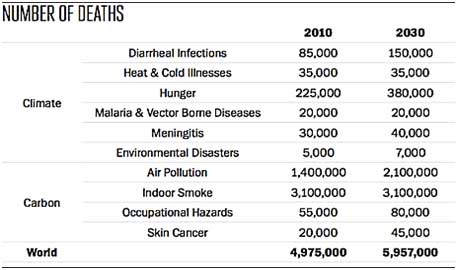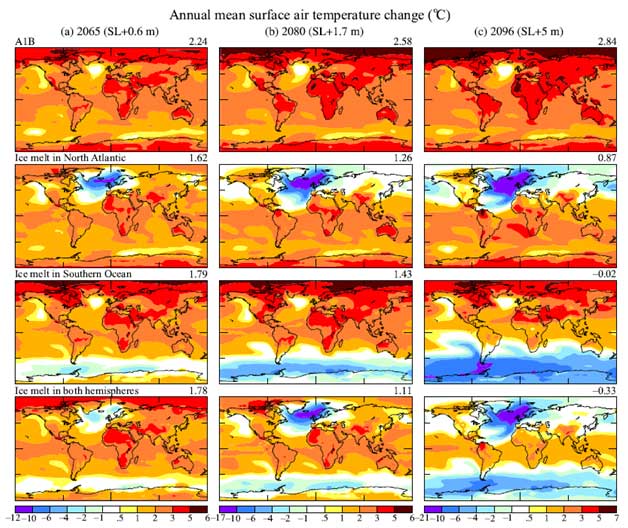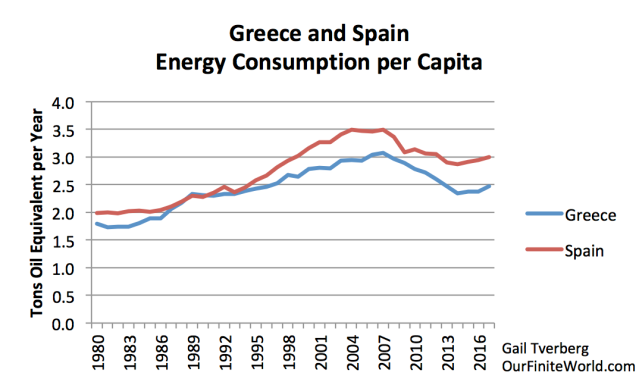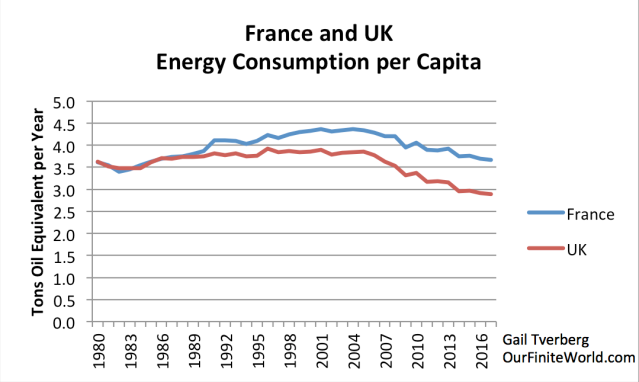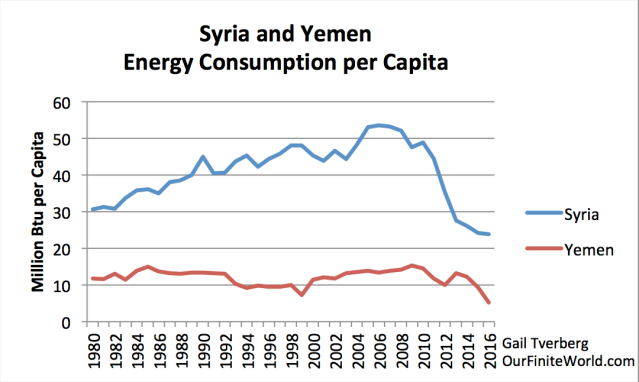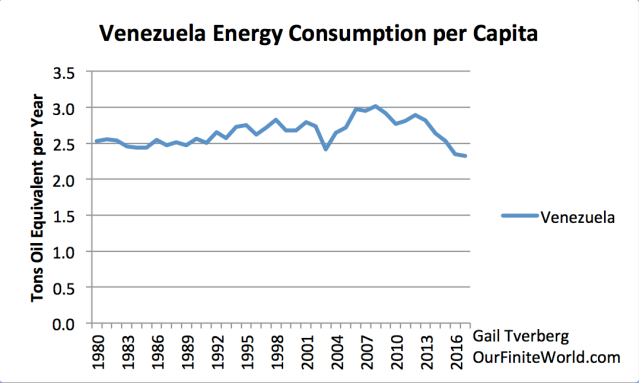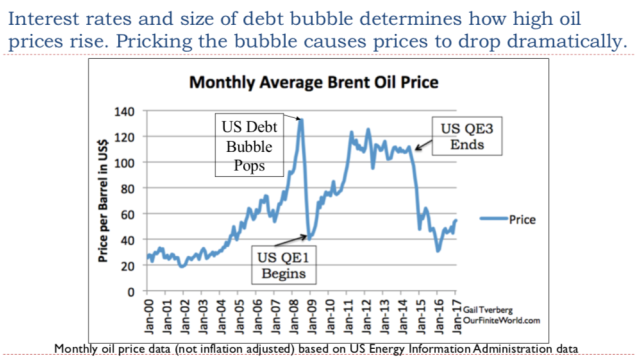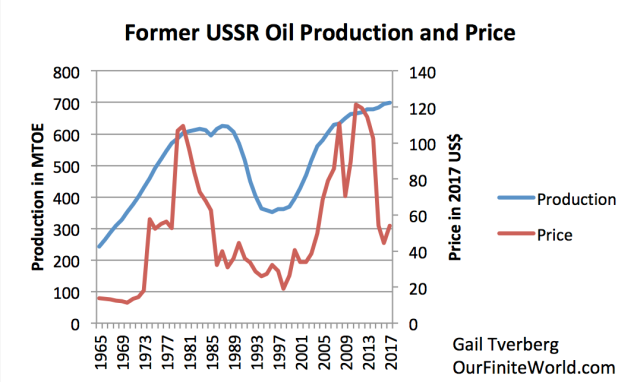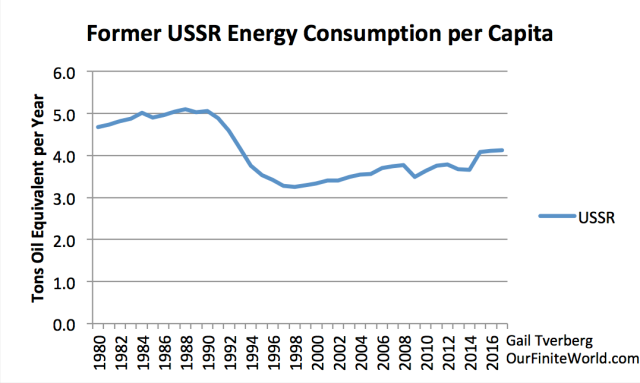
All we have been reading about of late are that coral reefs are dying around the world. Damaging activities by man include coral mining, pollution (organic and non-organic), overfishing, blast fishing, the digging of canals and access into islands and bays. Other dangers include disease, destructive fishing practices and warming oceans due to climate change.
Infact in 2016 and 2017, the Great Barrier Reef in Australia, famed for it’s coral reefs, experienced back-to-back “marine heat waves”—periods of elevated sea temperatures that resulted in the death of almost a third of all the reef’s corals.
According to scientists, for reasons that still aren’t entirely clear, coral polyps respond to elevated heat by expelling the symbiotic, photosynthesizing algae that nourish them; the loss of colorful algae “bleaches” corals and can ultimately lead to their death. Coral cover in the northern section of the Great Barrier Reef, which stretches over 2,300 km,is now at its lowest point on record.Infact there was talk about going to see it before it disappears altogether.
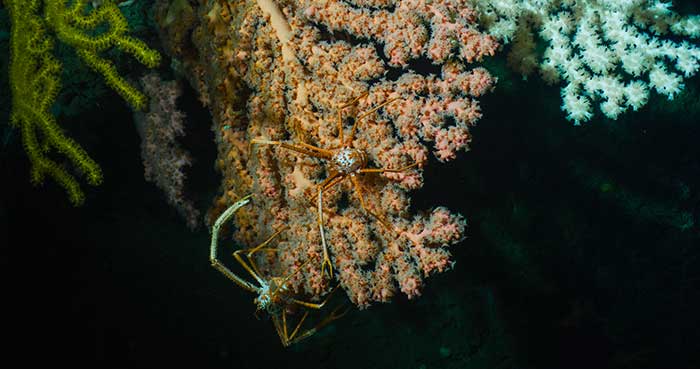
However there is good news from the Woods Hole Oceanographic Institution (WHOI) scientists and their collaborators at OceanX, the University of Connecticut (UConn), and NASA’s Jet Propulsion Laboratory (JPL). They have discovered two new species of deep-sea corals during a September 2018 expedition in the Northeast Canyons and Seamounts National Monument, located about 100 miles from the Northeast U.S. coast. This finding adds to the diversity of the only U.S. marine monument in Atlantic.
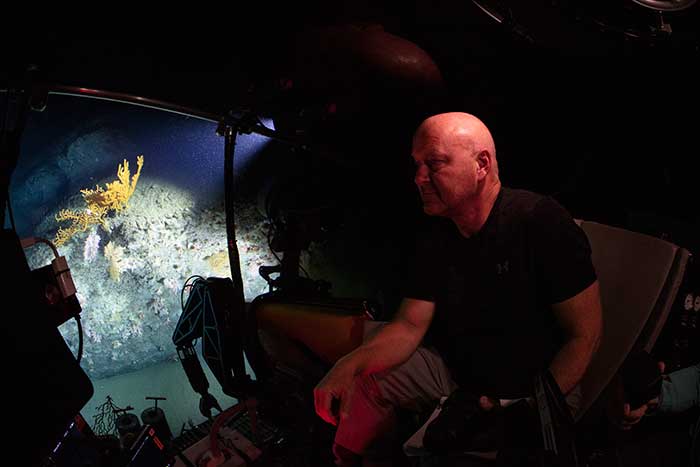
The research team was led by deep-sea biologist Tim Shank of WHOI and included co-PIs Taylor Heyl (WHOI), Rachel O’Neill (UConn), and John Leichty (JPL). Utilizing OceanX’s research and exploration vessel Alucia, the team explored and surveyed several of the unique deep-sea habitats in the monument, which includes three underwater canyons deeper than the Grand Canyon.
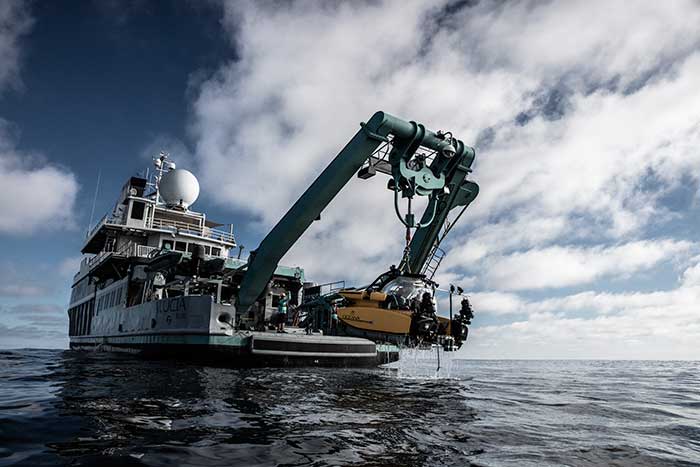
During the two-week expedition, the scientists collected a total of 29 coral samples in Lydonia Canyon at depths between 1,211 feet and 2,963 feet, using the submarine Nadir. These were the first human-occupied submersible dives in this canyon since 1982 and only the third deep-submergence mission to Lydonia Canyon.
“Through ongoing genetic barcoding, we have identified at least two corals so far that represent genetically different species,” Shank said. “They don’t show sufficient genetic similarity to be any species that is currently known in the world’s repository for DNA sequences.”
According to Heyl, the two likely new species found in Lydonia Canyon are bubblegum corals, which she described as soft, deep-water corals, “with bundles of polyps that resemble wads of bubblegum along their branches.”
“We didn’t expect to find bubblegum corals there at all, since they haven’t been found in any of the neighboring canyons,” Shank said. “We found pink, red, and white bubblegum corals thriving there.”
“We observed a high diversity of other corals, at least 24 species, on the seafloor and are discovering more through genetic analyses,” he added.
Shank noted that coral species deep in the canyon at more than 2,953 feet below the surface were very different from those found in shallower waters. In total, the team collected some 200 samples of corals, sponges, and other marine life during the expedition’s three submersible dives.
“We’re still analyzing the data,” he noted. “But we found surprising patterns of species diversity at different depths and among the different canyons in the monument.”
Corals found at these depths grow at an extremely slow pace: One that is a foot tall could be as much as 500 years old. Deep-water corals around the world also provide the framework to support entire ecosystems that contain more than 2,500 species living on and around them, including brittle stars, squat lobster crabs, and sea lily crinoids.
In addition, the team tested a new universal barcode for invertebrates during the expedition. Barcoding is a technique that uses a specific segment of an organism’s DNA to identify different species at the genetic level, rather than by analyzing an organisms physical characteristics. UConn’s O’Neill and her team were able to validate the effectiveness of the new barcode by distinguishing all of the different salp species present in a single, commingled sample. Salps are a gelatinous, free-swimming animal common to the open ocean that may play an important role in Earth’s climate system by consuming carbon near the surface and excreting it in pellets that sink into the deep ocean.
The monument was created by President Barack Obama in 2016 and is the first and only national marine monument in the Atlantic Ocean. However, it is currently under threat of losing its protected status.
“The Northeast Canyons represent some of the most unique and biodiverse habitats in the Atlantic Ocean, and exploring and understanding these canyons is critical to creating awareness for and protecting them,” said Vincent Pieribone, Vice Chairman, OceanX. “We are thrilled to learn with our partners at WHOI, JPL, UConn and Bloomberg Philanthropies that this mission uncovered new species of coral. These discoveries will help move us toward a better understanding of our oceans, our planet’s most important and most under-examined natural
resource.”
The expedition was made possible through the Bloomberg-OceanX partnership and pledge of a combined $185 million over the next four years to facilitate ocean exploration and conservation around the world. Through the partnership, Bloomberg Philanthropies and OceanX aim to create a critical platform to increase the world’s collective understanding of and engagement in our oceans.
OceanX is a mission to support scientists to explore the ocean and to bring it back to the world through captivating media. Uniting leading media, science, and philanthropy partners, OceanX utilizes next-gen technology, fearless science, compelling storytelling, and immersive experiences to educate, inspire, and connect the world with the ocean and build a global community deeply engaged with understanding, enjoying, and protecting our oceans. OceanX is an initiative of Dalio Philanthropies, which furthers the diverse philanthropic interests of Dalio family members. For more information, visit www.oceanx.org
The Woods Hole Oceanographic Institution is a private, non-profit organization on Cape Cod, Mass., dedicated to marine research, engineering, and higher education. Established in 1930 on a recommendation from the National Academy of Sciences, its primary mission is to understand the ocean and its interaction with the Earth as a whole, and to communicate a basic understanding of the ocean’s role in the changing global environment.
Marianne Furtado de Nazareth– Former Assistant Editor, The Deccan Herald, freelance Science and Environment Journalist and adjunct faculty, St. Joseph’s College of Mass Communication, Bangalore)




















